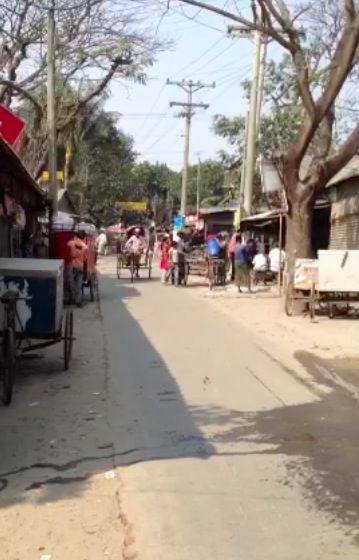Introduction
Public health research scientists spend their careers trying to prove or disprove hypotheses. Often, their laboratory research involves microbes or animals. When it comes to human subjects, however, researchers are expected not only to study the subject but, if possible, to alleviate (mitigate) existing harmful conditions. In 2000, a Columbia University multidisciplinary research team began a comprehensive study into the incidence of arsenicosis—or poisoning by arsenic—among residents of Bangladesh who were drinking contaminated water. Once the research component was in place, the scientists looked for ways to limit or prevent the poisoning, because health problems from chronic arsenic exposure were irreversible.
In spring 2006, the Columbia team launched the latest of its mitigation projects. It was called BEST, for Bangladesh Vitamin E and Selenium Trial. Scientists had unconfirmed evidence that the antioxidants in Vitamin E and selenium might at least stop the progress of arsenicosis—a painful and ultimately fatal disease. The BEST trial would not only measure the effectiveness of the vitamins, but also provide its participants with free filters to improve the quality of their water.

The trial was conducted in three locations. One was Araihazar, where the Columbia scientists had worked since 2000, and established credibility and trust. The second was neighboring Srinaga. The third was Laksam, 100 kilometers away. BEST added Laksam in March 2007 because the first two sites did not contain as many arsenicosis patients as the study required. Dr. Habibul Ahsan was BEST’s principal investigator, Faruque Parvez was the US-based project coordinator, and Ahmed Talat Haider was the onsite project manager.
In Laksam, Haider retained Abdur Razzak, a local with broad experience working with non-governmental organizations (NGOs), to introduce the out-of-towners to villagers and help win their trust. Haider did not realize that Razzak also ran a small business selling water filters. Within months, Razzak was fired for apparent sabotage: removing key parts from the BEST-provided free filters to make them inoperable. Haider considered the matter closed.
It was a considerable surprise, therefore, when on March 2, 2008, a local Laksam paper ran a story accusing BEST, among other charges, of poisoning study participants. Other papers picked up the story and, by early April, versions of it appeared in the national press. Several weeks after the articles appeared, an anonymous person sent an email to the presidents of the universities of Chicago (Ahsan joined Chicago in 2006) and Columbia and the dean of Columbia’s public health graduate school complaining about the study.
Project Director Parvez was aware of the early local articles, but watched with dismay as the inaccurate story spread. Dismay turned to alarm as some participants threatened to withdraw from the study. In late spring 2008, Parvez and his senior colleague Dr. Joseph Graziano, director of Columbia’s arsenic research programs in Bangladesh, called the Columbia University general counsel’s office to let them know what was going on. Parvez and the rest of the BEST team were scientists, not public relations managers. But they knew they had to recover public and institutional trust. The question was: how?